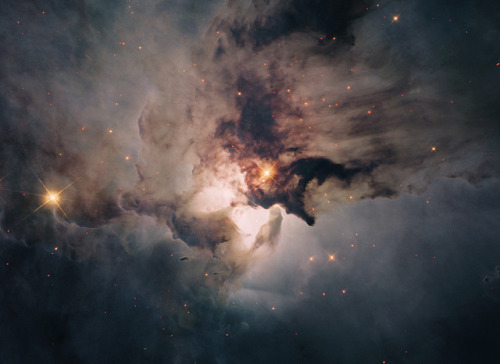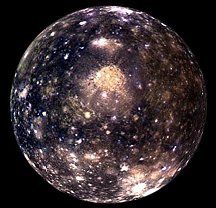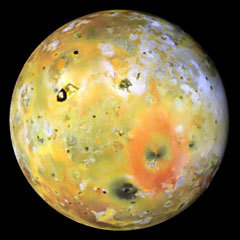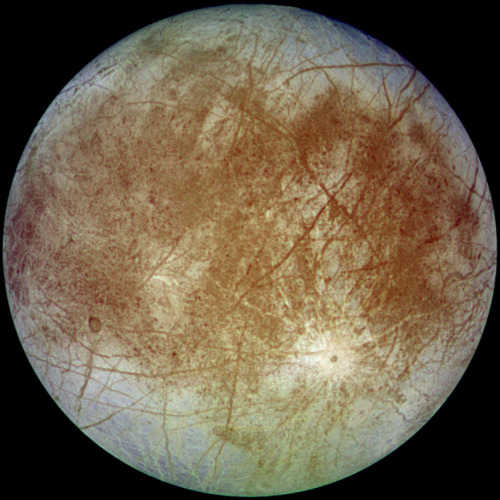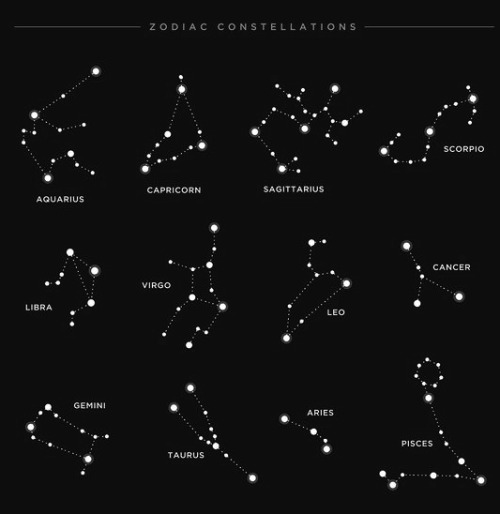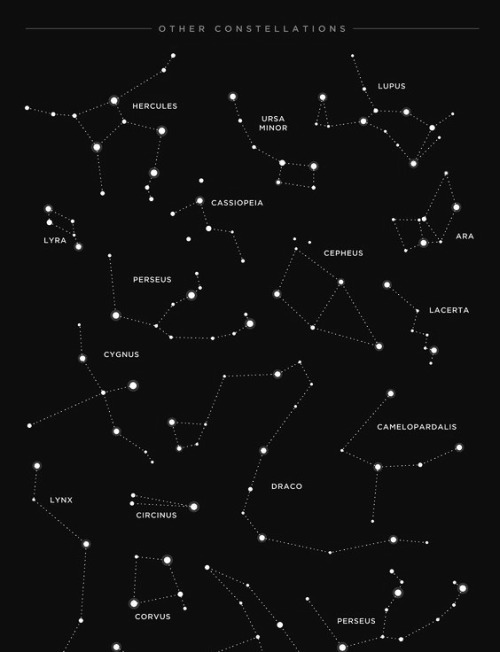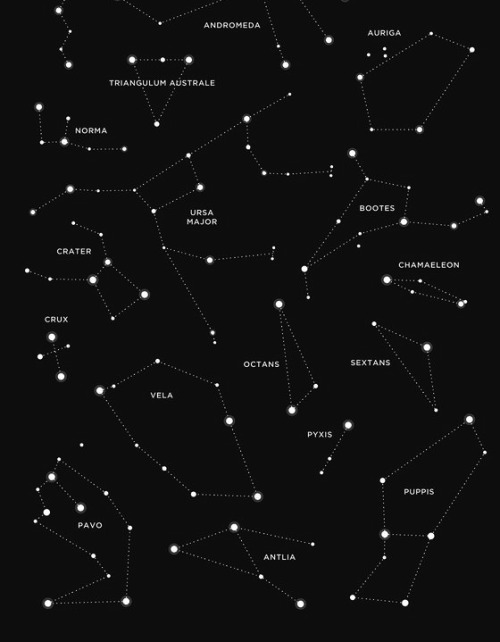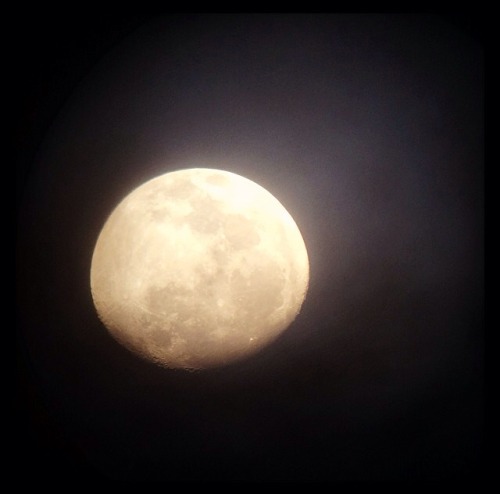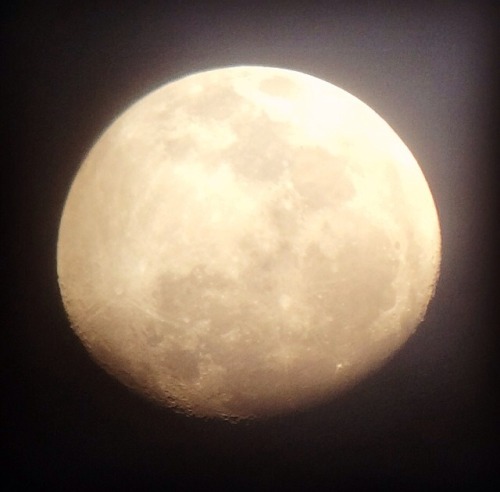The Spanish Dancer And Her Supernova By Strongmanmike2002 On Flickr.

The Spanish Dancer and her supernova by strongmanmike2002 on Flickr.
More Posts from Xnzda and Others
What is it Like to Visit Jupiter?
Jupiter is the largest planet in our solar system. For some perspective, if it were hollow, more than 1,300 Earths could fit inside of it! The giant planet contains two-thirds of all the planetary mass in the solar system and holds more than dozens of moons in its gravitational grip. But what about a visit to this giant planet?

Let’s be honest…Jupiter is not a nice place to visit. It’s a giant ball of gas and there’s nowhere to land. Any spacecraft – or person – passing through the colorful clouds gets crushed and melted. On Jupiter, the pressure is so strong it squishes gas into liquid. Its atmosphere can crush a metal spaceship like a paper cup.

Jupiter’s stripes and swirls are cold, windy clouds of ammonia and water. Jupiter’s Great Red Spot is a giant storm BIGGER THAN EARTH! This storm has lasted hundreds of years.

Since Jupiter’s atmosphere is made up of mostly hydrogen and helium, it’s poisonous. There’s also dangerous radiation, more than 1,000 times the lethal level for a human.
Scientists think that Jupiter’s core may be a thick, super hot soup…up to 50,000 degrees! Woah!
The Moons

Did you know that Jupiter has its own “mini solar system” of 50 moons? Scientists are most interested in the Galilean satellites – which are the four largest moons discovered by Galileo Galilei in 1610.
Today, Galileo would be astounded to know some of the facts about these moons. The moon Io has active volcanos. Ganymede has its own magnetic field while Europa has a frozen crust with liquid-water underneath making it a tempting place to explore for future missions.

When Juno arrives to Jupiter on July 4, it will bring with it a slew of instruments such as infrared imager/spectrometer and vector magnetometer among the half a dozen other scientific tools in its payload.
Juno will avoid Jupiter’s highest radiation regions by approaching over the north, dropping to an altitude below the planet’s radiation belts – which are analogous to Earth’s Van Allen belts, but far more deadly – and then exiting over the south. To protect sensitive spacecraft electronics, Juno will carry the first radiation shielded electronics vault, a critical feature for enabling sustained exploration in such a heavy radiation environment.
Follow our Juno mission on the web, Facebook, Twitter, YouTube and Tumblr.
Make sure to follow us on Tumblr for your regular dose of space: http://nasa.tumblr.com

Bright stars of Sagittarius and the center of our Milky Way Galaxy lie just off the wing of a Boeing 747
js

Hubble’s Bubble
To celebrate 26 years in space, Hubble has captured this magnificent view of NGC 7635, better known as the Bubble Nebula. The “bubble” is created by the stellar wind from a hot, young central star that is 10-20 times the mass of our Sun.
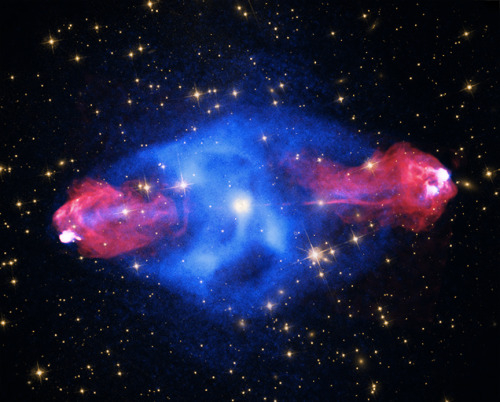
Light from Cygnus A: Celebrating astronomy in this International Year of Light, the detailed image reveals spectacular active galaxy Cygnus A in light across the electromagnetic spectrum. Incorporating X-ray data extends to either side along the same axis for nearly 300,000 light-years powered by jets of relativistic particles emanating from the galaxys central supermassive black hole. Hot spots likely mark the ends of the jets impacting surrounding cool, dense material. Confined to yellow hues, optical wavelength data of the galaxy from Hubble and the surrounding field in the Digital Sky Survey complete a remarkable multiwavelength view. via NASA
js

This is one of the largest and most prolific star-forming regions near our Milky Way. Located about 160,000 light years away in the neighboring Large Magellanic Cloud galaxy, the Tarantula nebula is sculpted by searing radiation and strong winds that comes from the massive stars at its center. If fact, it is estimated that at least 40 of these huge stars have gone supernova within the last 10,000 years including the most recent one, SN 1987a. (Composite Image from Multiple Data Sources. Hubble Space Telescope, ESO, Amateur Data. Image Assembly and Processing : Robert Gendler and Roberto Colombari)

M51: The Whirlpool Galaxy
Credit: NASA, ESA, S. Beckwith (STScI), and the Hubble Heritage Team (STScI/AURA)
-
 xnzda reblogged this · 5 years ago
xnzda reblogged this · 5 years ago -
 jimkirkinthestars reblogged this · 10 years ago
jimkirkinthestars reblogged this · 10 years ago -
 pipotronyellow reblogged this · 10 years ago
pipotronyellow reblogged this · 10 years ago -
 askgermanykunstuff liked this · 10 years ago
askgermanykunstuff liked this · 10 years ago -
 vajohna liked this · 10 years ago
vajohna liked this · 10 years ago -
 cypherjoonie reblogged this · 10 years ago
cypherjoonie reblogged this · 10 years ago -
 cypherjoonie liked this · 10 years ago
cypherjoonie liked this · 10 years ago -
 jynersosgf-blog reblogged this · 10 years ago
jynersosgf-blog reblogged this · 10 years ago -
 flyingunderstars reblogged this · 10 years ago
flyingunderstars reblogged this · 10 years ago -
 anatomyoftriumph-blog reblogged this · 10 years ago
anatomyoftriumph-blog reblogged this · 10 years ago -
 anatomyoftriumph-blog liked this · 10 years ago
anatomyoftriumph-blog liked this · 10 years ago -
 zukodothething-blog liked this · 10 years ago
zukodothething-blog liked this · 10 years ago -
 captainlordauditor reblogged this · 10 years ago
captainlordauditor reblogged this · 10 years ago -
 moonbittern reblogged this · 10 years ago
moonbittern reblogged this · 10 years ago -
 sauntersvaguelydownwards reblogged this · 10 years ago
sauntersvaguelydownwards reblogged this · 10 years ago -
 creamyapplering reblogged this · 10 years ago
creamyapplering reblogged this · 10 years ago -
 creamyapplering liked this · 10 years ago
creamyapplering liked this · 10 years ago -
 kittiescatscats liked this · 10 years ago
kittiescatscats liked this · 10 years ago -
 texascowgirl98 liked this · 10 years ago
texascowgirl98 liked this · 10 years ago -
 iam-fallen liked this · 10 years ago
iam-fallen liked this · 10 years ago -
 acuareladeciudadesdestruidas reblogged this · 10 years ago
acuareladeciudadesdestruidas reblogged this · 10 years ago -
 602x1023 liked this · 10 years ago
602x1023 liked this · 10 years ago -
 wilderspace reblogged this · 10 years ago
wilderspace reblogged this · 10 years ago -
 wilderspace liked this · 10 years ago
wilderspace liked this · 10 years ago -
 thekissofdeth liked this · 10 years ago
thekissofdeth liked this · 10 years ago -
 tinabelchernoises reblogged this · 10 years ago
tinabelchernoises reblogged this · 10 years ago -
 xyvch reblogged this · 10 years ago
xyvch reblogged this · 10 years ago -
 swarmerzasz liked this · 10 years ago
swarmerzasz liked this · 10 years ago -
 vondiak liked this · 10 years ago
vondiak liked this · 10 years ago -
 zapzap84 liked this · 10 years ago
zapzap84 liked this · 10 years ago -
 gender-dysphoreos reblogged this · 10 years ago
gender-dysphoreos reblogged this · 10 years ago
